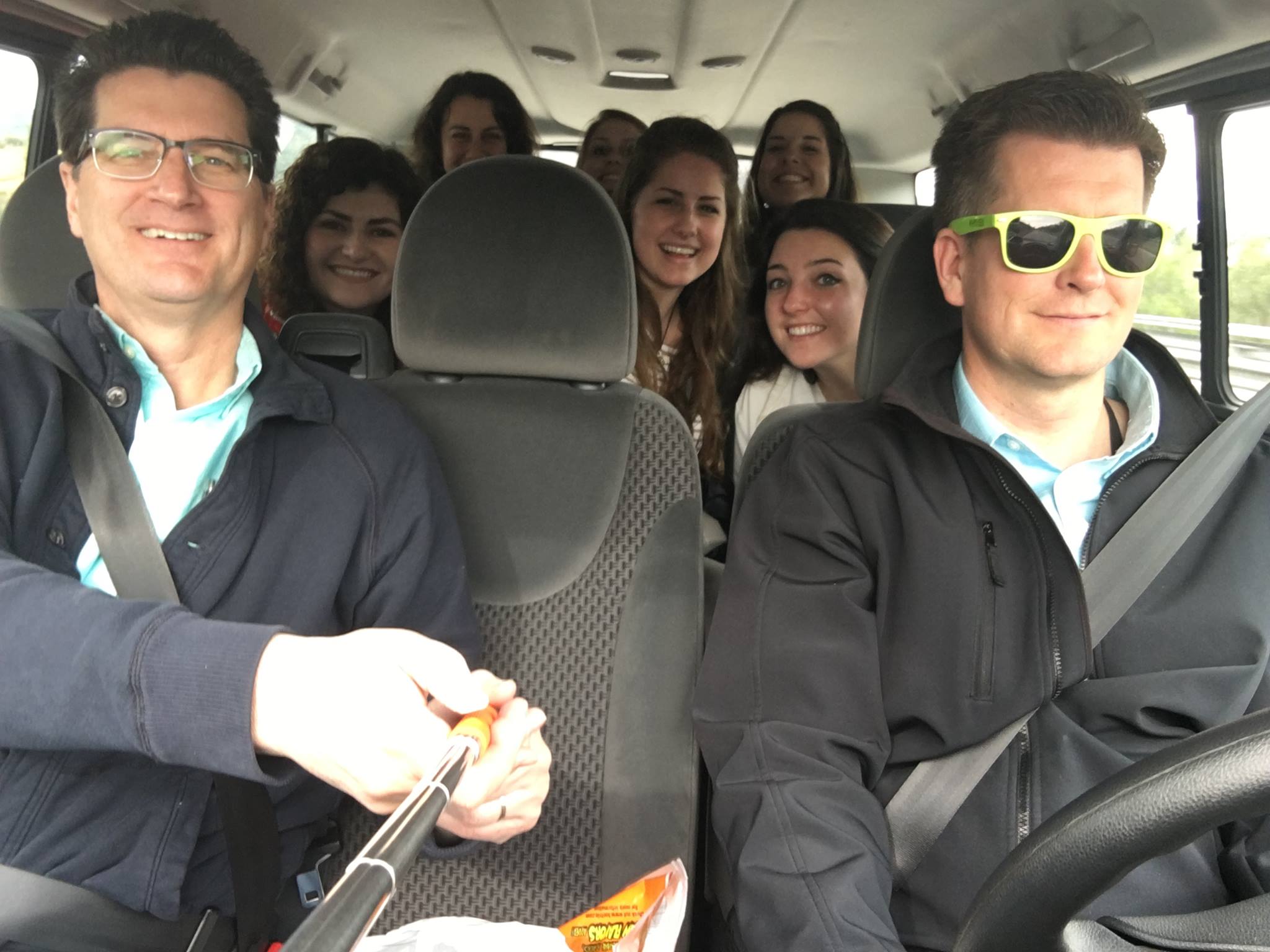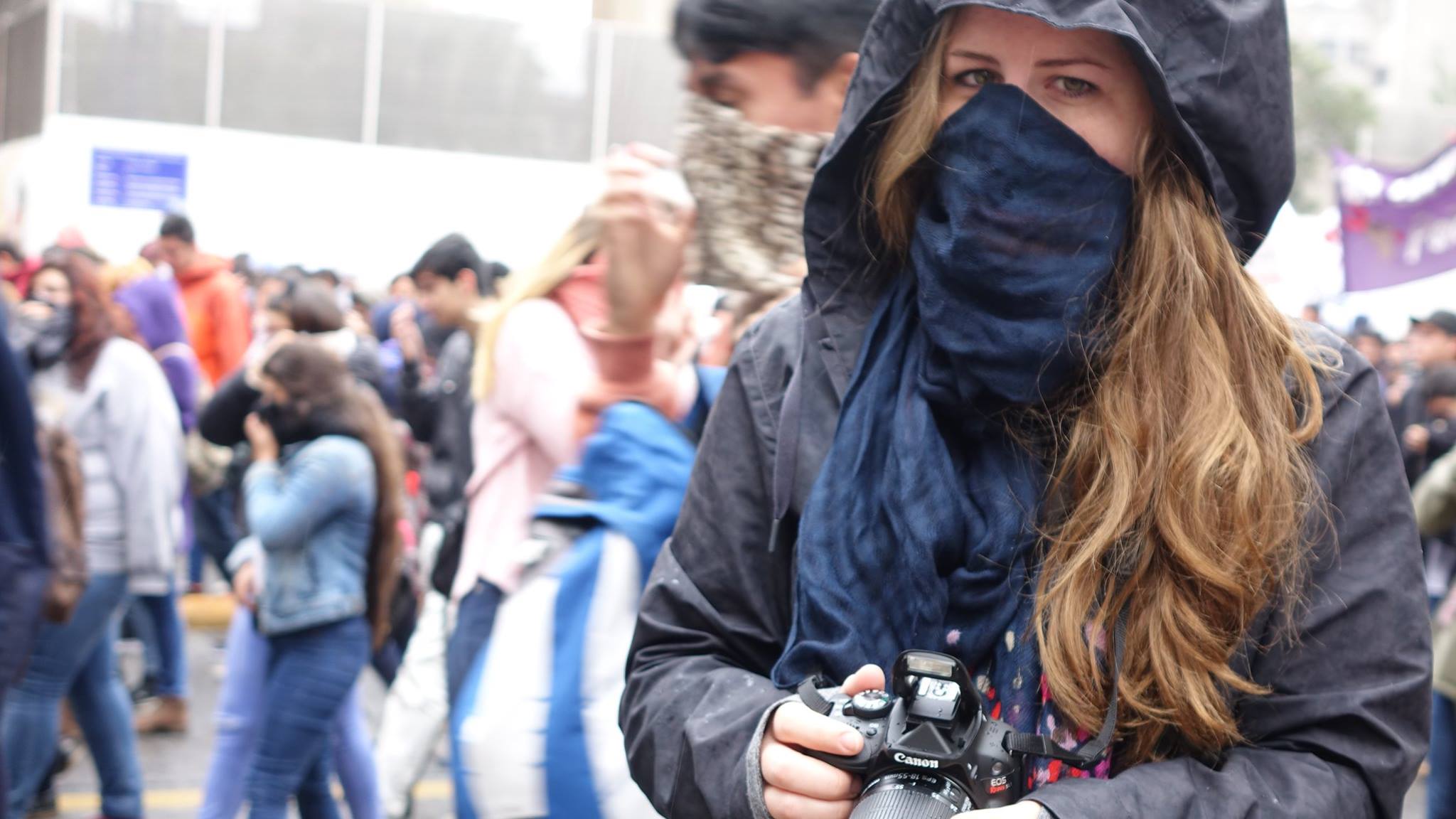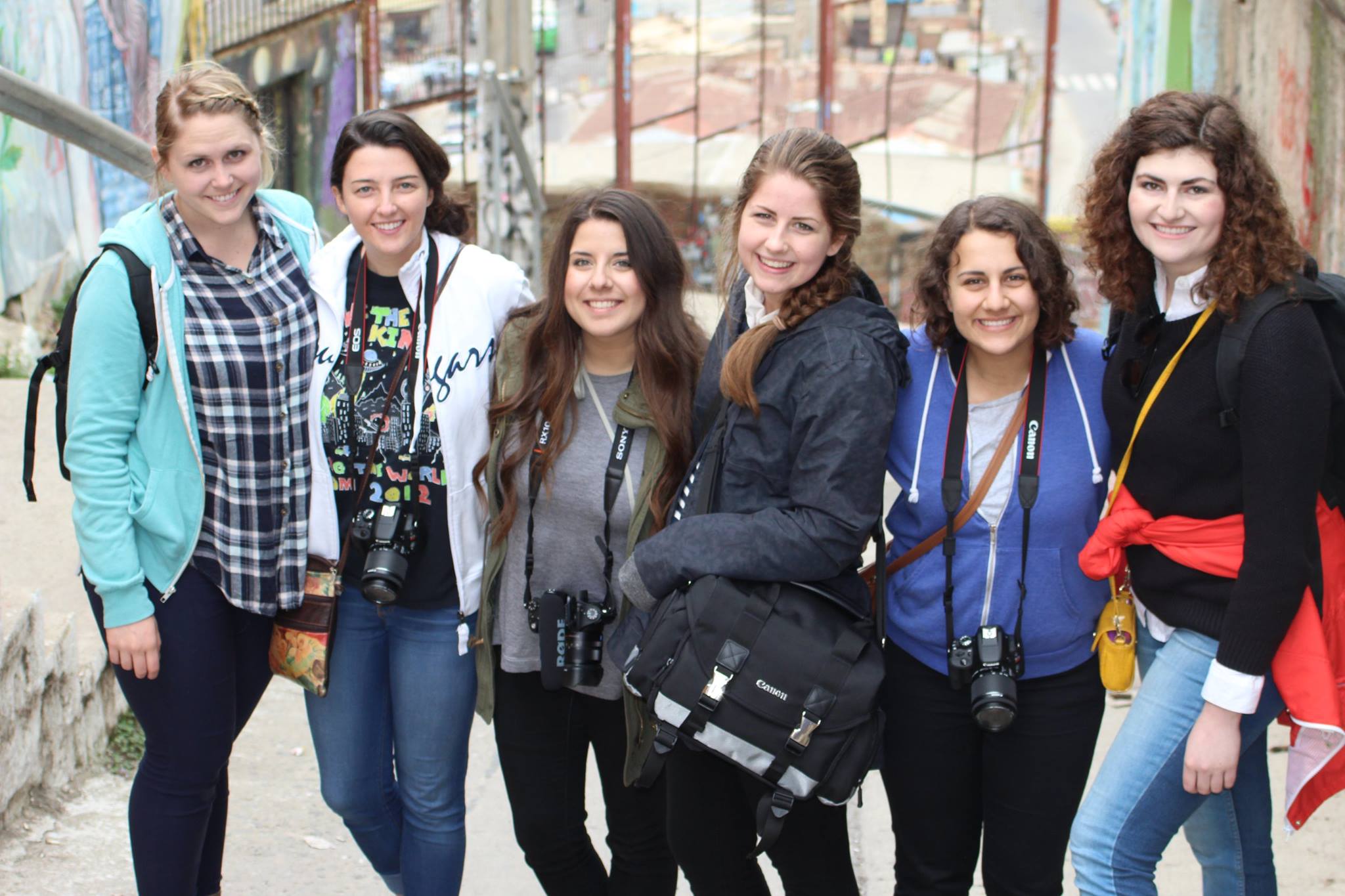
Students and professors from BYU’s School of Communications traveled to Santiago, Chile, during May to complete a mentored multimedia journalism project. The project was designed to report on BYU’s anti-poverty efforts there, as well as the efforts of local citizens.
BYU School of Communications Director Ed Carter and associate professor Quint Randle chose seven news media students currently enrolled in the program to participate in the project.
“We are essentially looking at poverty and the different aspects of it, including the efforts that are being made to diminish poverty,” said Jaylen Bohman, a broadcast journalism student chosen for the trip. “We looked at how education, entrepreneurship and social conscience affect poverty, as well as the different ways people are working in these areas to better their lives and the lives of those around them.”
Although Chile is a leader in many areas among the South American nations, it has struggled and continues to struggle with the issue of class divide.
“A huge gap between the rich and poor has existed for centuries. Fortunately, there are a lot of people working hard to close and diminish that gap,” said Myriam Ruiz Silva, a Chilean professor of journalism. Silva worked with the students to form connections in Santiago.
According to the BYU students, education is one of the ways Chileans are attempting to close the class divide. However, similar to the U.S., the cost of education is an issue that inspires protests and revolt.
“We were doing interviews on the street and we heard about a protest that was happening near us,” Kjersten Johnson, a print journalism student, said. “We headed down there and it ended up being a really huge protest for students who wanted free access to university education. There was a 14-year-old girl who was protesting because she wants to be able to go to university when her time comes. There were carabineros (Chilean police), tear gas, water, dogs and so many people.”

The students interviewed a variety of different people, many of whom lead or participate in organizations dedicated to helping others rise above their current situations. Since returning from Santiago, the students have begun editing the gathered content to publish online by the end of Spring Term. They hope this content will shed light on the anti-poverty efforts of the people there.
“In addition to the cultural learning, the purpose of the trip was to help these news media students build their portfolios and gain multimedia reporting experience in an international setting,” Randle said. “We believe the finished project will be competitive at the national level for the types of contests our students enter.”
And the students could not be more grateful for the opportunity.

“We talk a lot about going out into the world and serving others, but I think a lot of the time the campus at BYU becomes our world instead of the world becoming our campus,” Cassidy Hansen, a print journalism student, said. “I enjoyed being able to leave and use the skills that I’ve learned at BYU in an entirely new culture and apply it to my education.”




